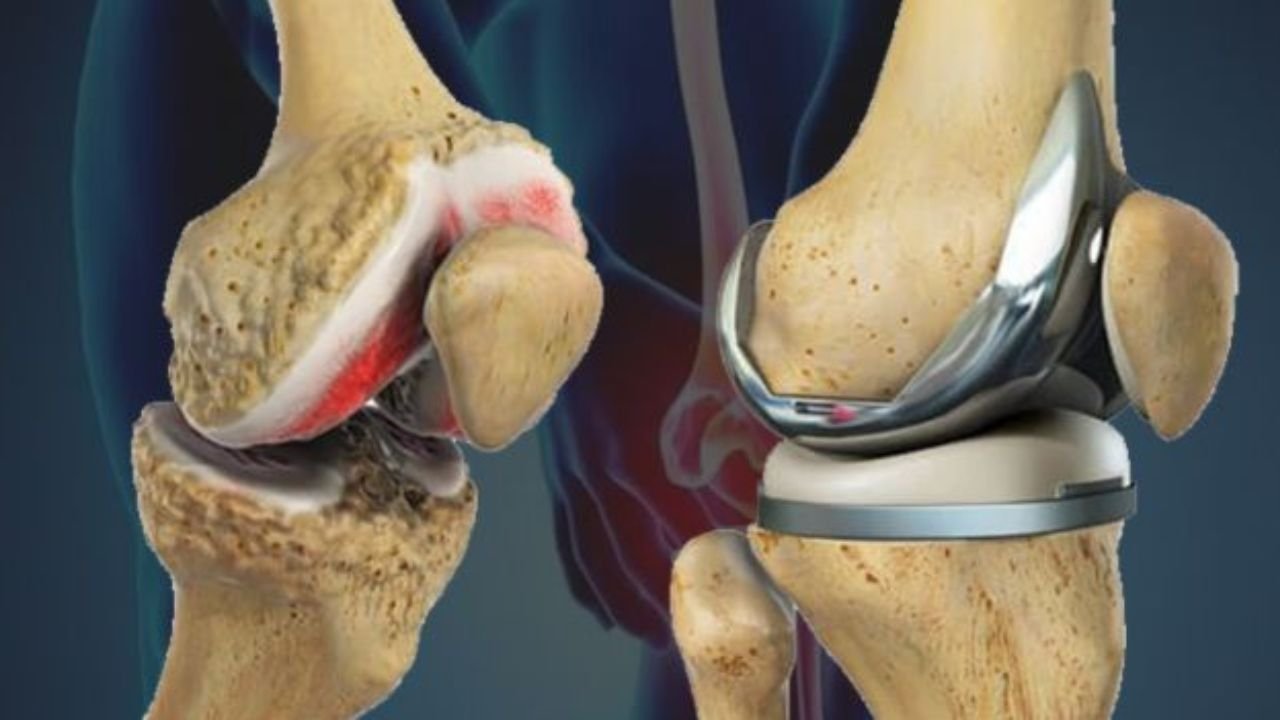Replacement of joints is becoming a common practice in cases of joint pains that are persistent and also a decrease in mobility. As we all know, it is often advised that such surgeries are highly supposed in aging adults. However, we also get cases of younger people such as athletes taking the advantage of such procedures when they encounter problems with their joints.
What is Joint Replacement?
Joint replacement is a surgical intervention aimed at relieving pain and improving movement in damaged joints. It is particularly recommended for individuals whose joints have been affected by conditions such as arthritis or significant trauma. By replacing the affected joint with an artificial implant, individuals can regain smoother and more fluid movement.
How does it Work?
In surgery the affected areas of the joint are transferred and the broken areas are then carefully removed and replaced by prostheses which are artificial components. The materials that these parts are usually made of are durable like metal, ceramic, or plastic. Key parts of the used joint that are replaced are based on the condition and this might involve bones, cartilage, or the joint surfaces.
A period of physical therapy is involved after the surgery based on the needs of an individual. The therapy is used to make surrounding muscles strong and enhance the functionality of joints. Depending on the replaced joint (e.g., hip, knee, shoulder), and the general health situation of an individual, the time of recovery can be different.
What are the advantages of joint replacement to mobility?
One of the greatest things that happen with joint replacement surgery entails enhanced movements. This is done by a number of mechanisms which rehabilitate a person such that he/ she is able to move around and independently. The surgery and the recovery are always situation-to-situation but enlisted below are some of the more common advantages related to the surgery.
Pain Reduction
Chronic joint pain often restricts movement, making everyday activities like walking, bending, or standing uncomfortable. Joint replacement addresses the root cause of this discomfort by removing worn-out joint surfaces and replacing them with smoother, functional components. With reduced pain, individuals often find it easier to engage in physical activities they had previously avoided.
Restored Range of Motion
Damaged joints may limit movement due to stiffness or loss of cartilage. Artificial prostheses mimic the natural functionality of healthy joints, enabling individuals to experience a wider range of motion. Post-surgical physical therapy helps maximize this mobility by increasing flexibility and restoring dynamic movement.
Improved Strength and Stability
Joint damage can weaken surrounding muscles and ligaments, which contributes to instability or difficulty in movement. During the rehabilitation phase after surgery, individuals work on strengthening these supporting structures. The new joint, along with targeted exercises, promotes better balance and stability, especially in weight-bearing joints like the hips and knees.
Picking the Right Surgeon for You
Choosing the right surgeon is a key step for anyone looking into joint replacement surgery. Look for an experienced orthopedic specialist who focuses on the specific joint you need to be addressed. A surgeon with expertise in advanced surgical techniques and access to reputable facilities will greatly improve your experience. Confirming that they will provide a detailed plan for recovery and rehabilitation will also contribute to a smoother process. Strong communication and a comprehensive plan from your surgeon can help you feel safe throughout this transformation.
Joint replacement has helped many individuals regain mobility and improve their day-to-day lives. With modern medical advancements, this procedure has become a reliable option for people seeking a path toward more fluid and pain-free movement. If you’re exploring this procedure as a way to address joint pain or stiffness, connecting with the right specialist can help start your journey to improved mobility.



